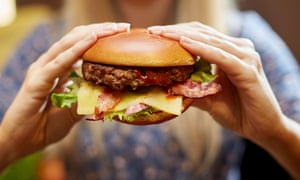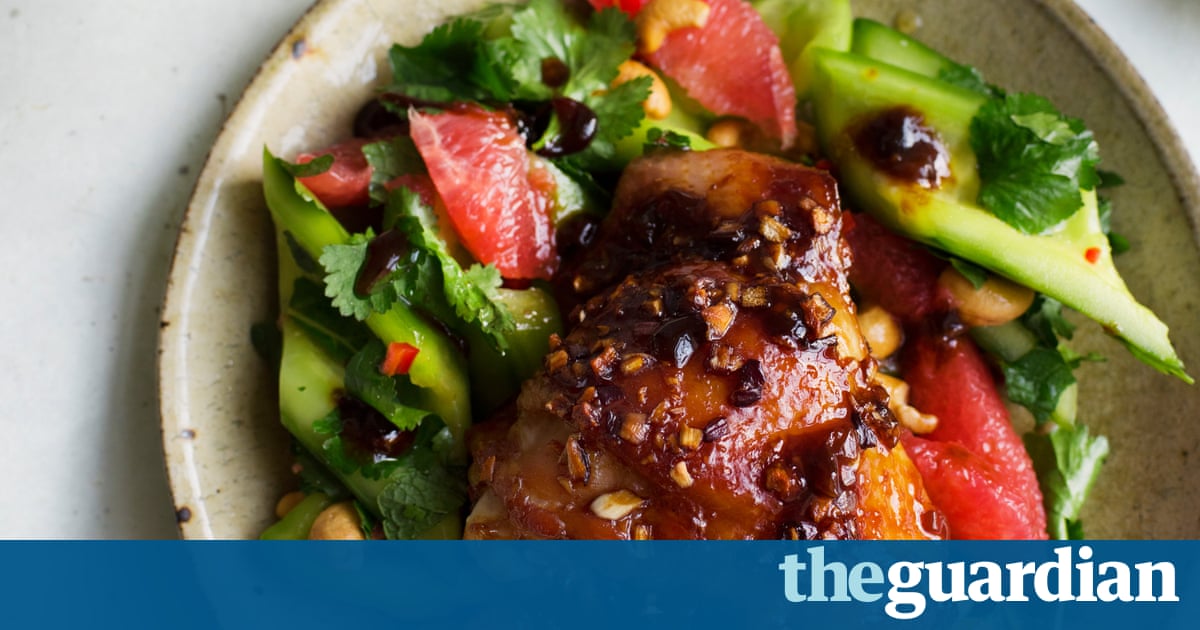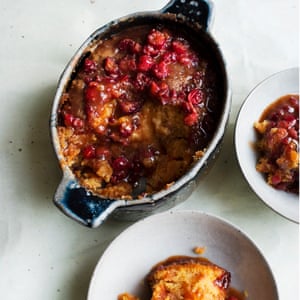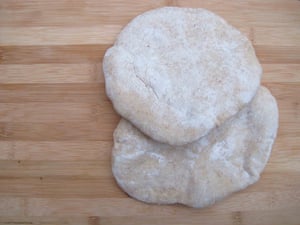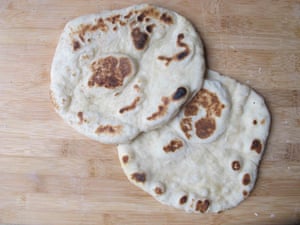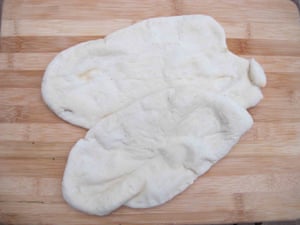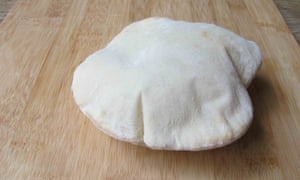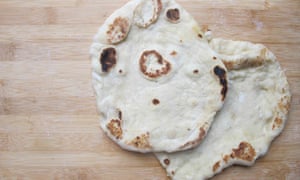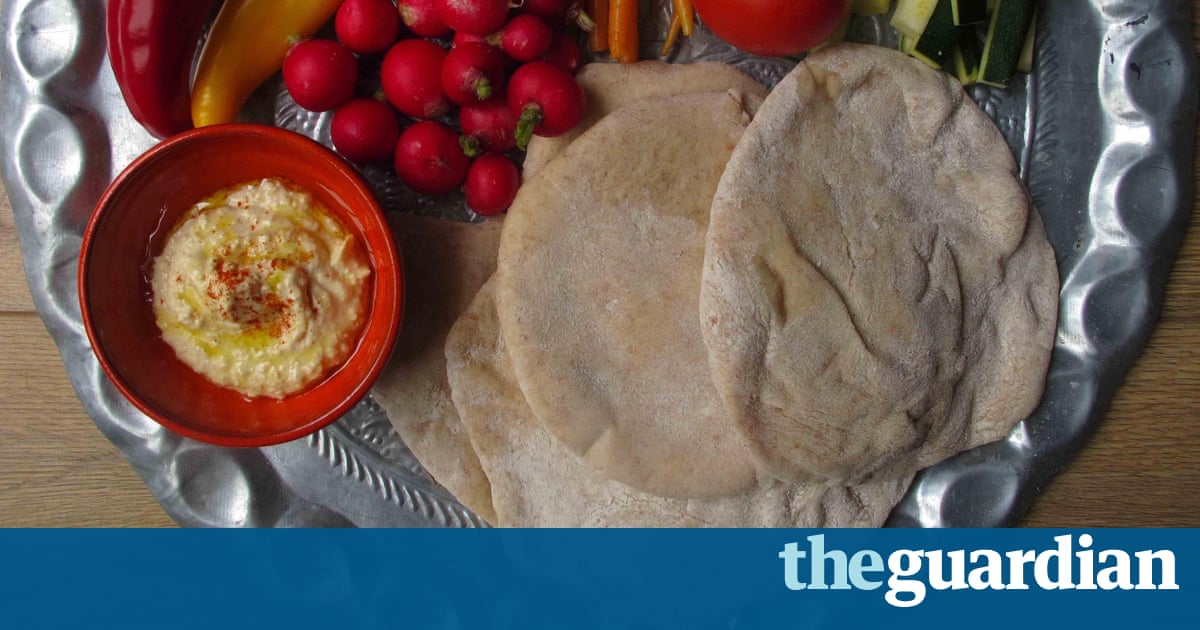This weeks recipe can be made from scratch or, true-life to Roman resourcefulness with what remains, could introduce leftovers to occupation. Either method, it celebrates the seasons reward of lively spinach and is perfect with a Sicilian orange and fennel salad
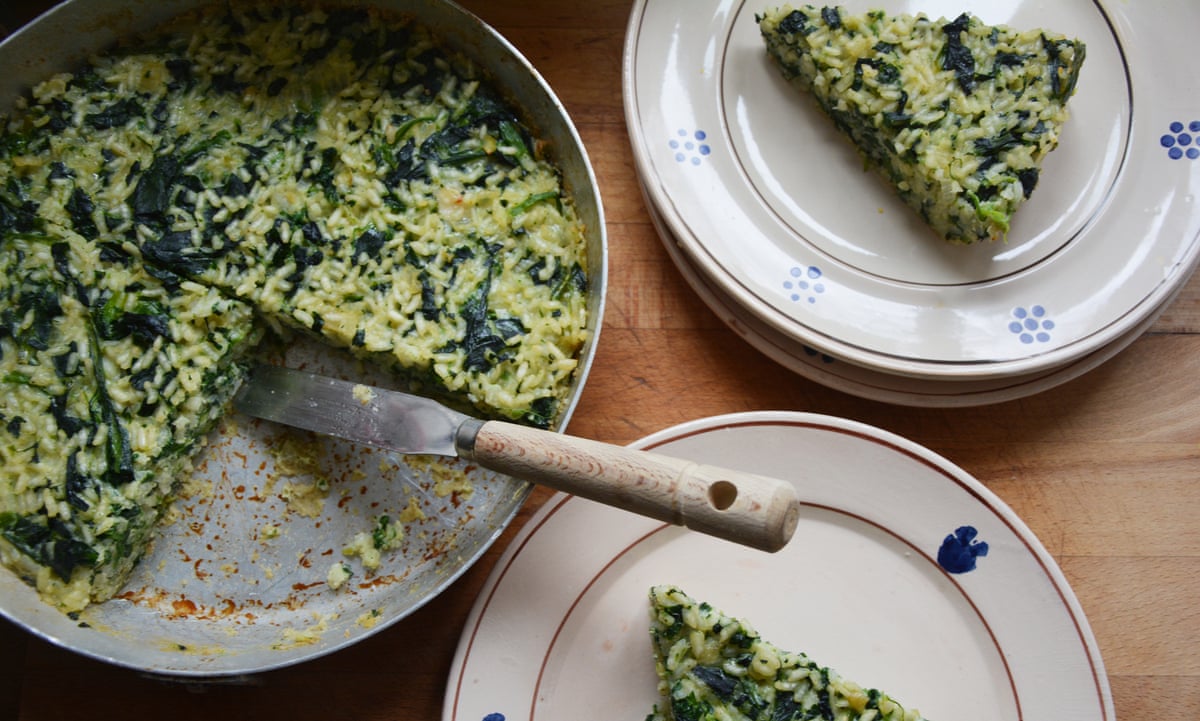
Big pellets of spinach always catch my see on the rare reasons I go in one of the smarter of Testaccios food shops. This is ridiculous considering the cabinets of cheese and entire walls of cured flesh that could be taking my courtesy. However, the shining dark-green, cricket-ball sized worlds of blanched spinach that sit on a white tray at the figurehead of the ready-prepared meat section are the things I find myself looking at over and over again. My train of thought is always the same. They are 14 euros each! Who buys these dances? Doing my own at home, I have found there must be a kilo of( hardy) spinach in each one. At the moment spinach is 2. 50 a kilo at world markets, so there is serious profit in these balls.
Good spinach should be lively, it is appropriate to crunch and squeal as you stuff it into the baggage writes Jane Grigson. I guess she would have approved of my farming fruit and veg serviceman Filippo on Testaccio market. His spinach needs to be wrestled into the purse, and then jumps against my leg all the course residence. She would also, I recollect, have approved of the go bagful I bought on the Uxbridge Road yesterday, which is now sitting in a colander in my sisters kitchen in London. I enjoy this parity of parts in my two countries. I like hardy wintertime spinach selections, with their crumpled buds, ribbed stems with pink tips, seeming robust, hitherto at the same duration sugared and tender.
Introduced to Italy by the Arabs in the 11 th century, the spinach expand near Rome is excellent. Generally, it is merely sufficed, shrivelled, well-drained and garmented with olive oil and a spritz of lemon. Another good Roman way is strascinata dragged in olive oil and garlic, sometimes with raisins and yearn seeds. All that said, butter is what I implore with spinach a lot, thinking of a Jane Grigson recipe in which spinach is shrivelled, then reheated several times, contributing more butter each time, until it is the richest stuff, a spoonful of which knocks the socks off creamed spinach. Butter is also key on dough under spinach and hollandaise, or melted on those pesky-to-poach, but excellent spinach and ricotta dumplings that Tuscans announce gnudi .
Todays recipe though, is for none of the above , nor is it the spinach curry I am looking forward to eating while I am in London. It is a spinach and rice patty, which firstly came about for me because of spinach and rice leftovers. Or as an Italian would say the avanzi di spinaci e riso avanzi sense what remains, but also something advantageous, which is the way Italians identify leftovers. Of route Italy isnt alone or special in having resourceful recipes for using leftovers: its a feature in traditional home cooking in all countries. But Italy is where I know, and where recipes for leftovers genuinely do still regulation, helping cooking feel like a continuum, one food and meal rolling into the next rather than a series of isolated occasions.
Whether stimulated with advantageous leftovers, or cooked from scratch, this is surprisingly savory and good sentiment; savoury and pleasingly plump. It is all very straightforward rice and spinach mixed with its allies: butter, nutmeg, parmesan and eggs, pressed into a tin then baked. The tin helps create a crusted underside. It is good helped hot, heated or at room temperature. Spinach and orange are good friends, so my Sicilian orange and fennel salad, which I roll out wherever possible, is my select of accompaniment here. Otherwise there is the very sociable peperonata. Your suggestions are welcome. If you do prepare the spinach for this, perhaps cook more than you need and determine your spinach advantage into a ball.
Spinach and rice cake torta di spinaci e riso
I am not going to assume you all have leftover spinach and rice, so here is the recipe from scratch, which should also help you get a handle on lengths so “when youre doing” have leftovers you can do it by eye.
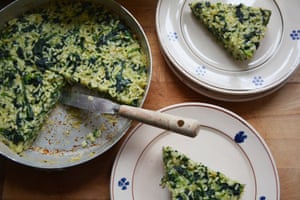
Suffices 46
500g fresh spinach
250g Italian short cereal risotto rice( such as arborio or carnaroli)
Salt and black pepper
A small-time onion
20g butter, plus more for the dish
3 eggs, beaten
50g parmesan
Nutmeg
A handful of fine breadcrumbs
1 Pick over the spinach, abandoning discoloured needles and tough stubbles, then laundry in a couple of changes of cold water. Substance the soaked spinach into a large pan with no extra ocean and cook, comprised over a low-pitched heat until it droops. Tip it into a colander and then leave to deplete thoroughly.
2 Boil the rice in salted ocean for 10 instants, then drain.
3 Peel and finely dice the onion. In a large frying or saute pan, fry the onion in the butter with a small pinch of salt until soft and golden. Use scissors to approximately chop the spinach and then add to the fry pan along with the rice.
4 Pull the pan from the flame, allow to cool a little before adding the clobber eggs, parmesan, nutmeg, black pepper and a pinch of salt if necessary.
5 Butter and dust a patty tin or mould with fine breadcrumbs. Tip-off the potpourrus into the mould and then press flat with the back of a spoon. Bake at 200 C/ 400 F/ gas mark 6 for 25 minutes or until the patty is determine house, a little crispy and golden. Give to sit for five minutes before turning out, or providing straight-out from the tin in wedges. Also very good at room temperature.




